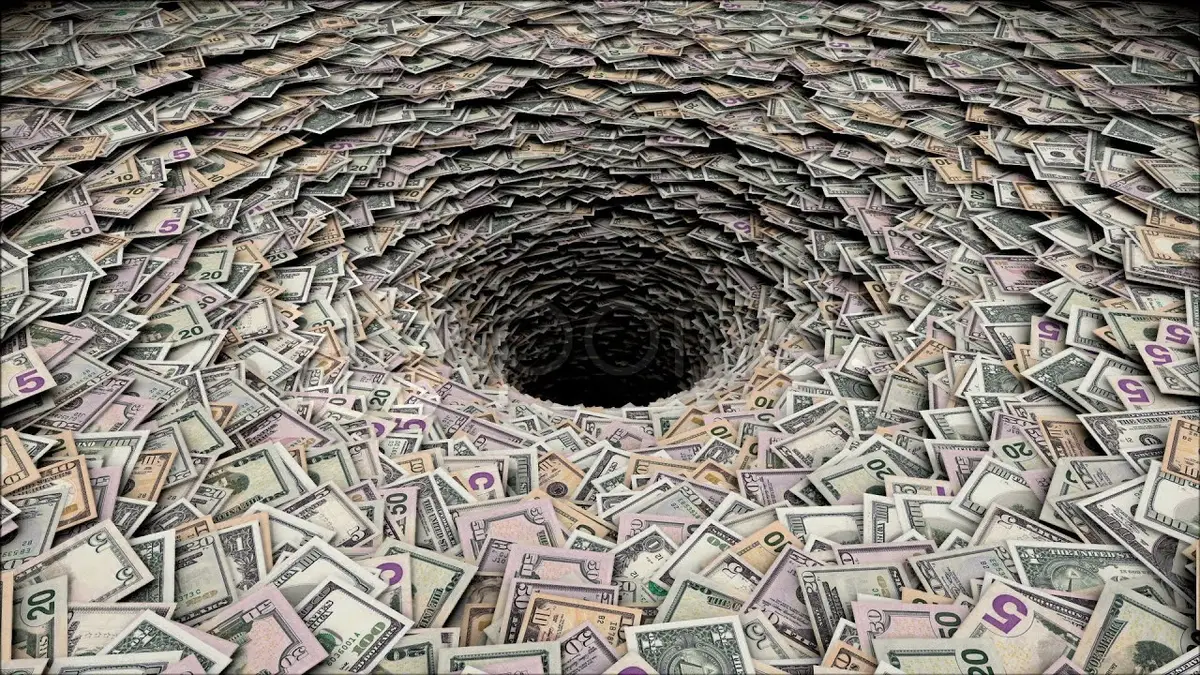Credit cards are a convenient tool for everyday expenses, especially if you use their benefits wisely. One of the key conditions that can help you save money is the grace period. To avoid overpaying and falling into high-interest rates, it is necessary to understand how the grace period on a credit card works, what rules apply, and how not to lose the advantage.
What is a grace period and why is it needed?
The grace period is a temporary interval during which a client can use the bank’s funds without paying interest. Its duration varies from 30 to 120 days depending on the specific credit program’s conditions. To avoid overpaying, it is important to understand how the grace period on a credit card works and strictly adhere to its time frames.
The interest-free mode applies only to non-cash transactions: purchases in stores, online payments, and contactless payments. Cash withdrawals, usually, are not covered by the grace period. Exemption from interest is possible only if the debt is fully repaid before the end of the reporting period.
How does the grace period on a credit card work: step-by-step scheme
Financial institutions apply various calculation schemes, but the principle is always the same: if the established conditions are met, the client does not pay interest for using borrowed funds. The standard model of the grace period includes:
- starting the countdown from the date of the first non-cash purchase in the reporting period;
- duration from 30 to 60 days, in some cases — up to 120 days;
- division into the calculation stage and the deadline for depositing funds;
- if the debt is fully repaid by the end of the period — no interest is charged;
- for partial payment, the debt incurs interest from the moment of purchase;
- cash withdrawals or transfers usually cancel the right to grace.
Smart use of a credit card involves not only knowing the deadlines but also carefully studying the bank’s terms. This helps avoid overpaying and retain all the benefits of the grace period.
Why is the grace period beneficial for the bank?
Why do banks offer credit cards with a grace period if users do not pay interest? The answer is obvious — the bank earns not only on interest rates. Firstly, some clients still exceed the deadline. Secondly, the bank receives a commission from merchants for conducting transactions.
Outside the grace period, interest rates can reach 30–40% per annum. Thus, the interest-free period of a credit card is a marketing tool to stimulate consumer activity.
Key rules for safe use
To use a credit card without unnecessary expenses, it is important to follow certain rules. They relate to deadlines, payment order, and behavior in non-standard situations. The key point is understanding how the grace period on a credit card works: it helps avoid overpaying and retain the ability to use interest-free credit. Basics of smart credit card use:
- use it only for non-cash purchases;
- monitor the statement generation date and the deadline for depositing funds;
- try to fully repay the debt before the end of the grace period;
- do not make partial payments if you want to retain the right to interest-free credit;
- avoid transfers and cash withdrawals — grace does not apply to them;
- set up transaction notifications to not miss important account movements.
Following these principles allows you to get the maximum benefit and avoid paying extra. Essentially, the grace period is a full-fledged interest-free credit if used wisely.
How to calculate the period correctly and avoid mistakes?
The key to successful management of the grace interval is correct calculation. For each card, it starts from the reporting date, not from the moment of issuance. The calculation phase lasts for 30 days, then an additional 20–25 days are given for depositing the full amount. It is the combination of these two stages that forms the grace period.
It is important to note that a new cycle does not start with each purchase but with the first debit in the new billing period. Therefore, to understand how the grace period works, it is necessary to clearly track the cycle’s start and not postpone payment until the last day.
What happens if the conditions are violated?
If a client makes only the minimum payment or misses the due date, the bank starts charging interest from the moment of the first transaction. In this case, not only the current debt loses the right to grace but also future expenses until the debt is fully repaid.
In addition to interest, there may be penalties for late payment and card blocking. It is important to remember: a card is not a wallet with endless possibilities but a credit tool with clear rules.
That is why it is important to understand how the grace period on a credit card works before starting to use it.
Can the grace period be extended?
Direct extension is usually not provided. But there are ways to get additional time:
- applying for a new card with a longer term;
- participating in promotions with installment plans;
- transferring the debt to another bank under refinancing conditions;
- using partner programs with payment deferrals.
Each of these options requires an analysis of the conditions.
How the grace period on a credit card works: the main points
Understanding how the grace period on a credit card works helps optimize financial resources without unnecessary burden. Grace is not just a marketing trick but a real savings tool. However, all the benefits depend on the client’s discipline.
Adhering to the schedule, avoiding cash operations, fully repaying the debt by the control date — these are the keys to success. By using the card wisely, you can get up to 120 days without interest, improve your credit history, and increase financial flexibility.
Proper handling of a credit card is the foundation of personal financial security!
 en
en  ru
ru  de
de  ar
ar  es
es  nl
nl  hi
hi  fr
fr  it
it  pt
pt  el
el 



